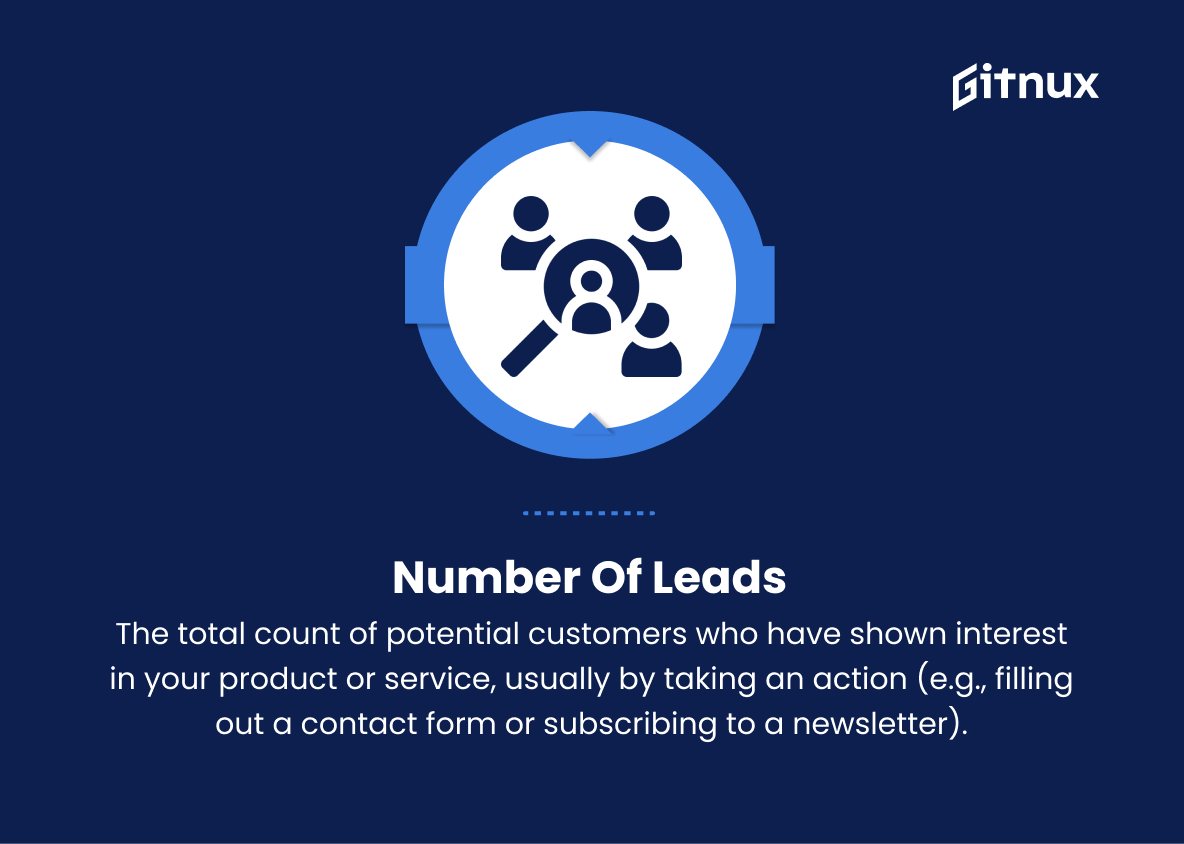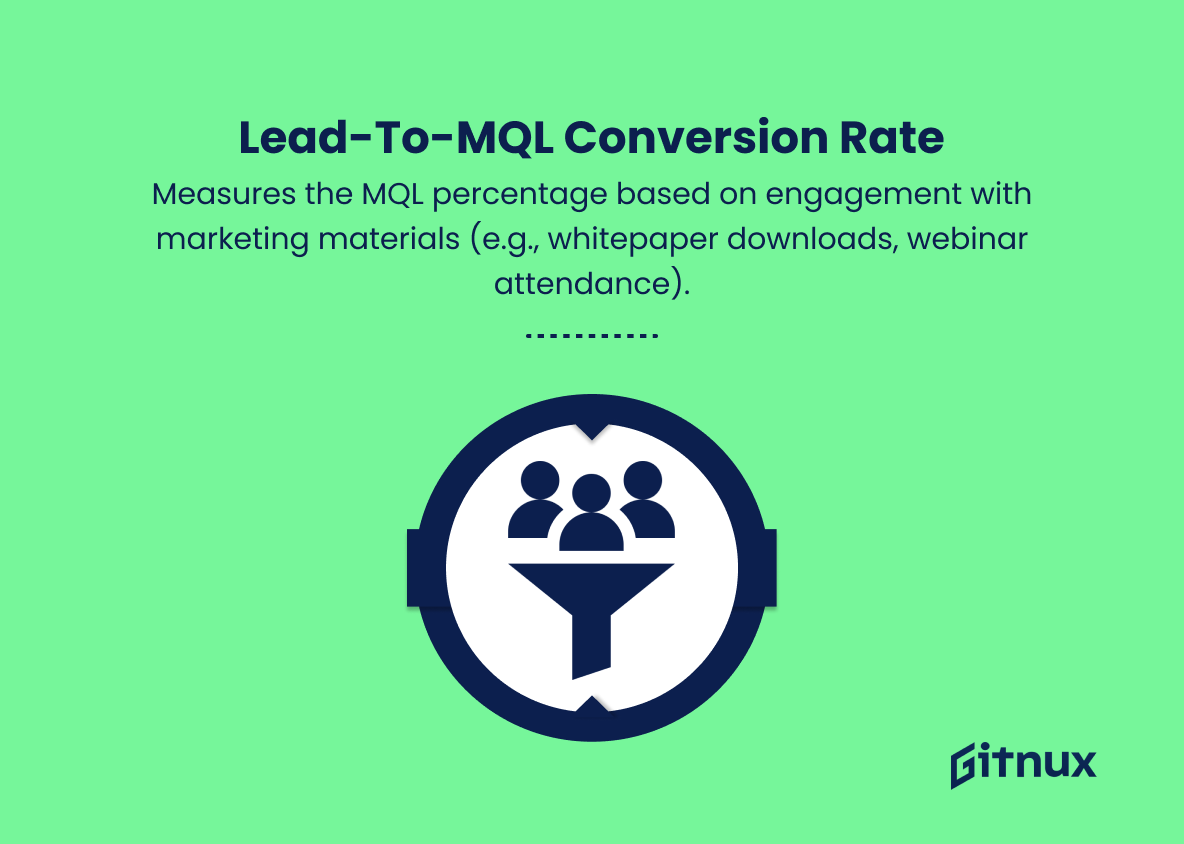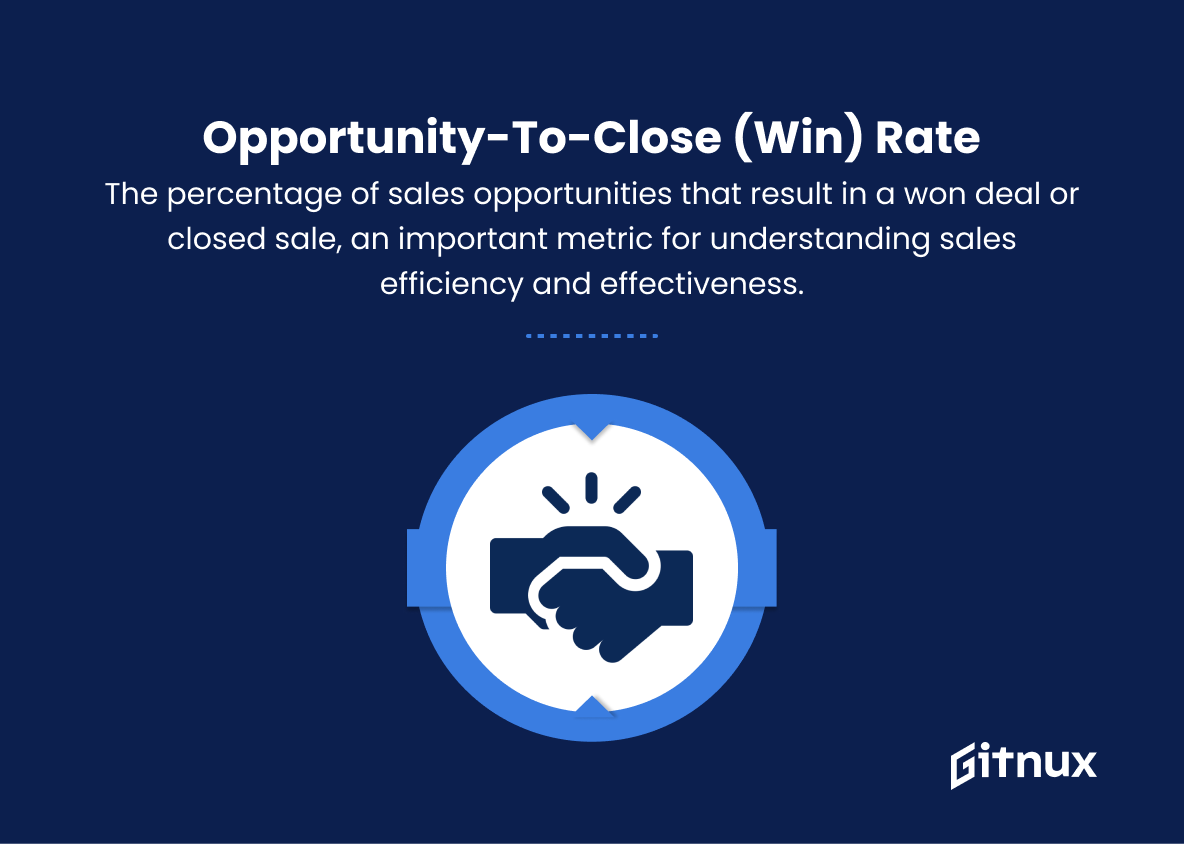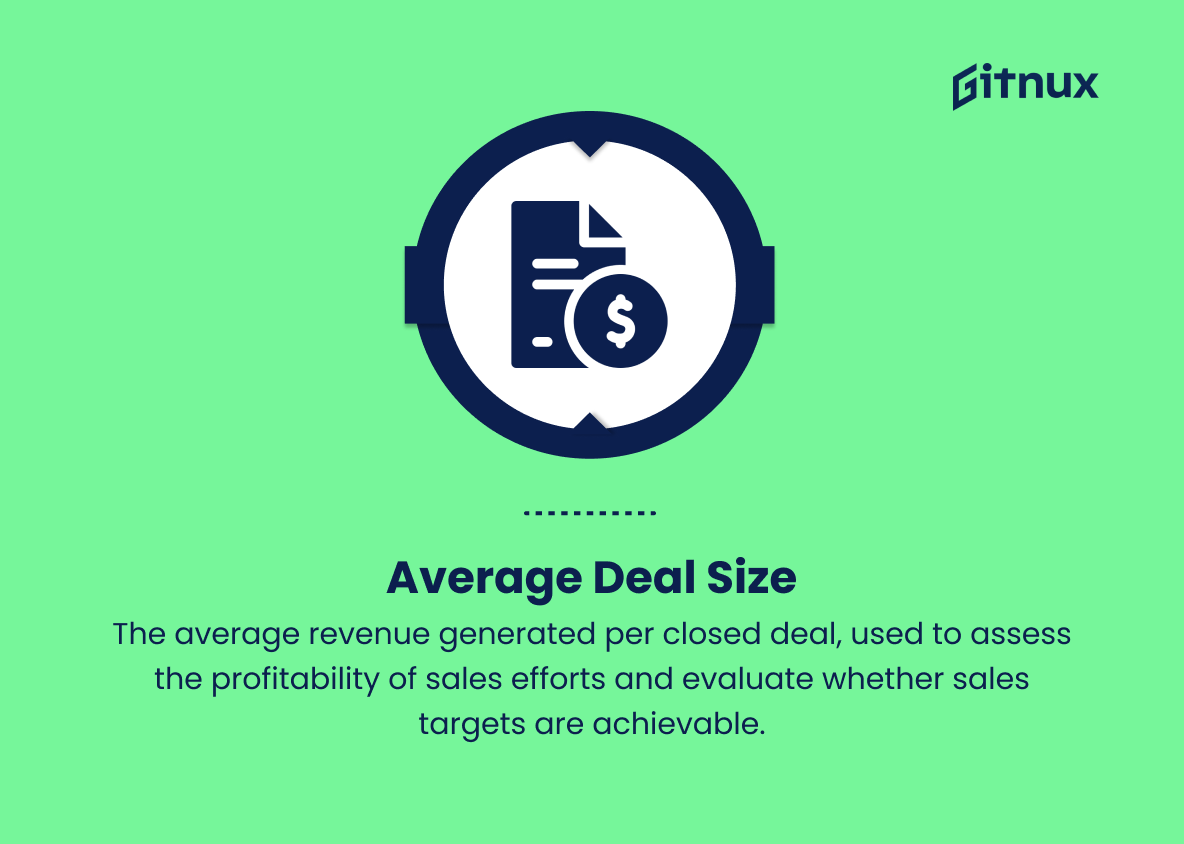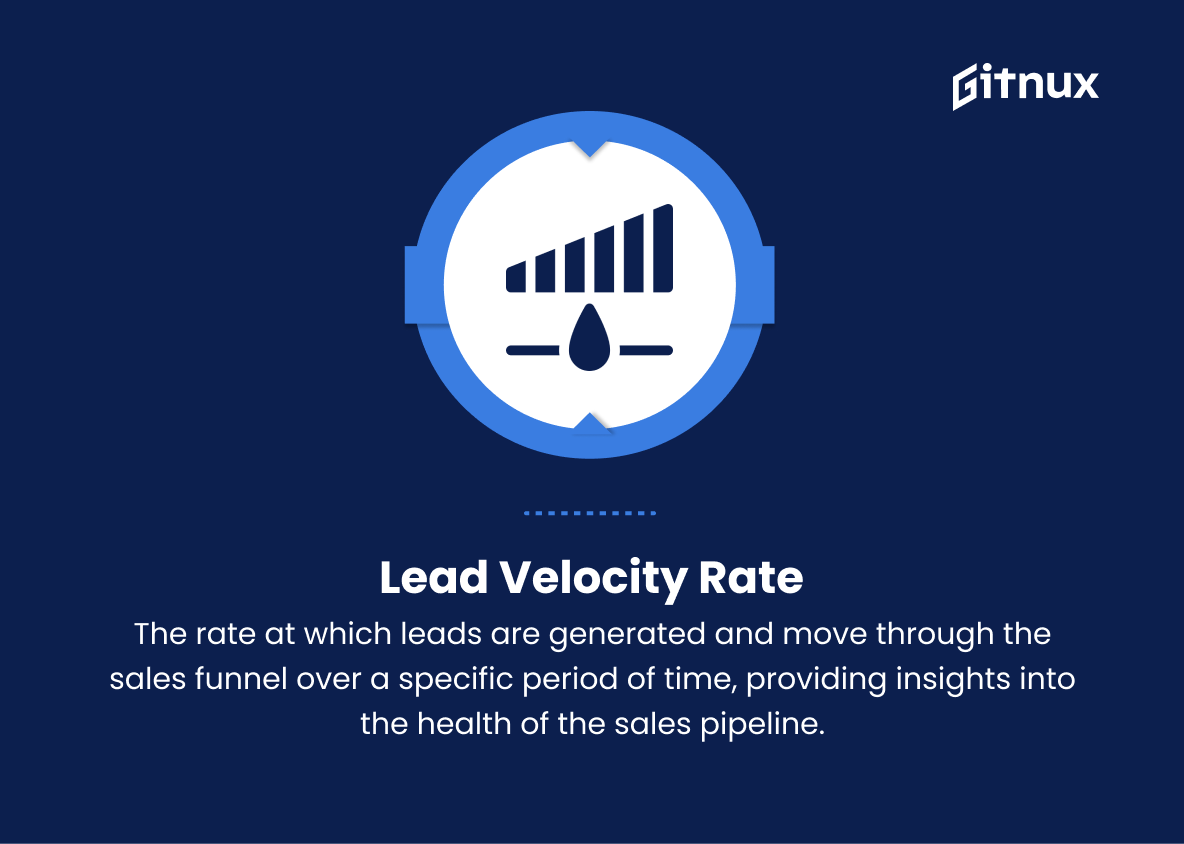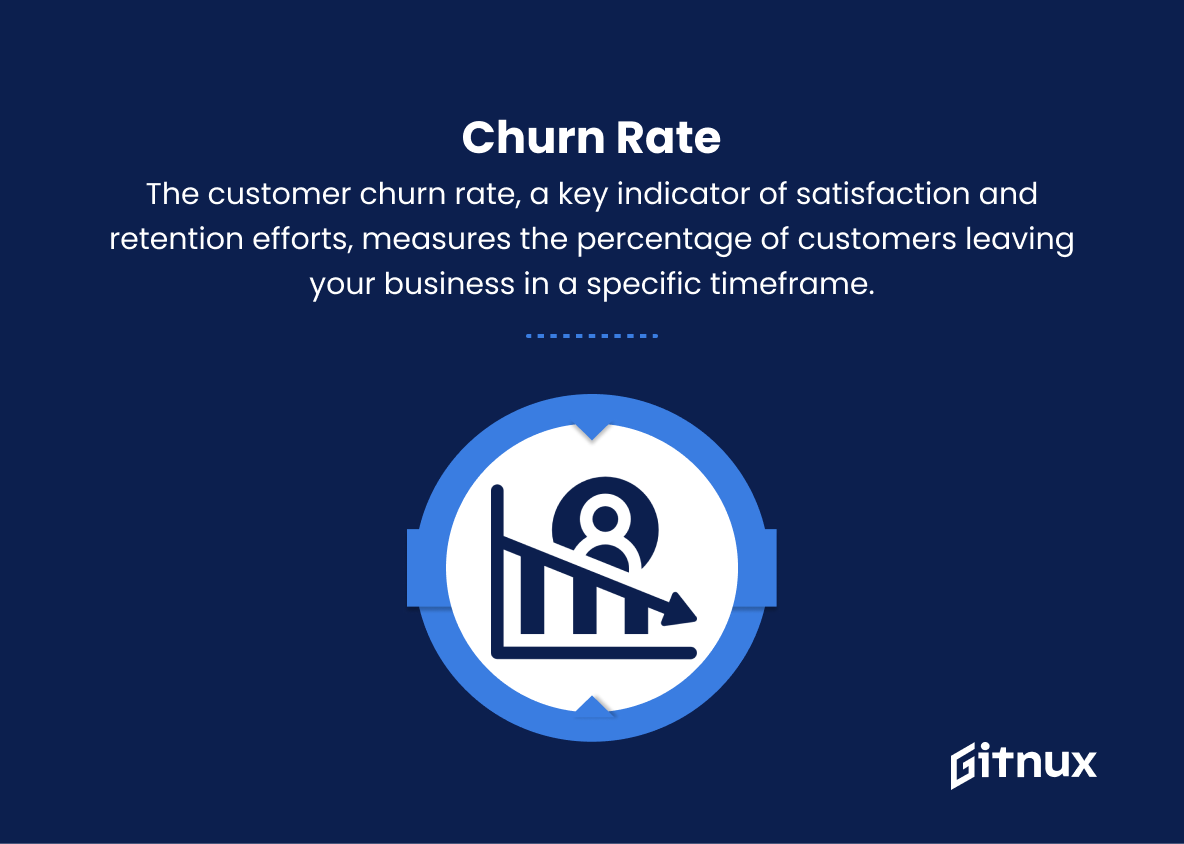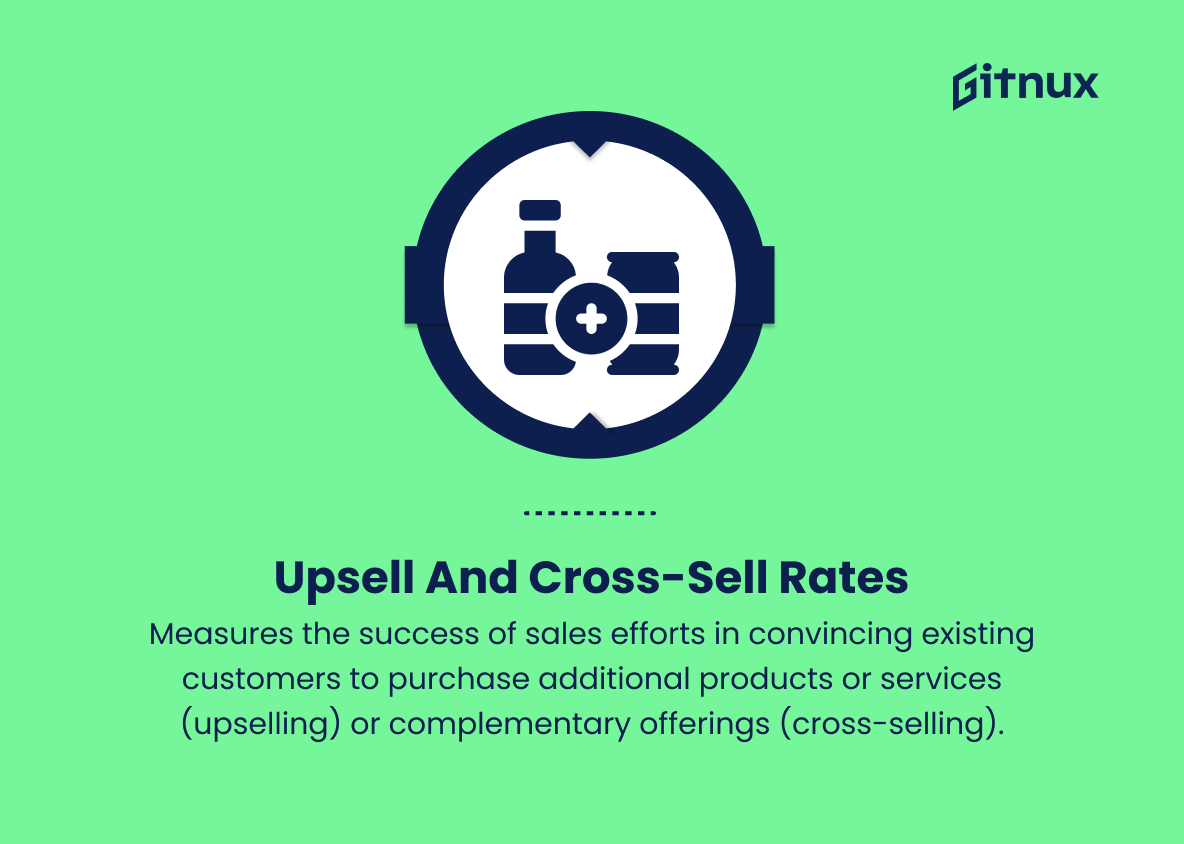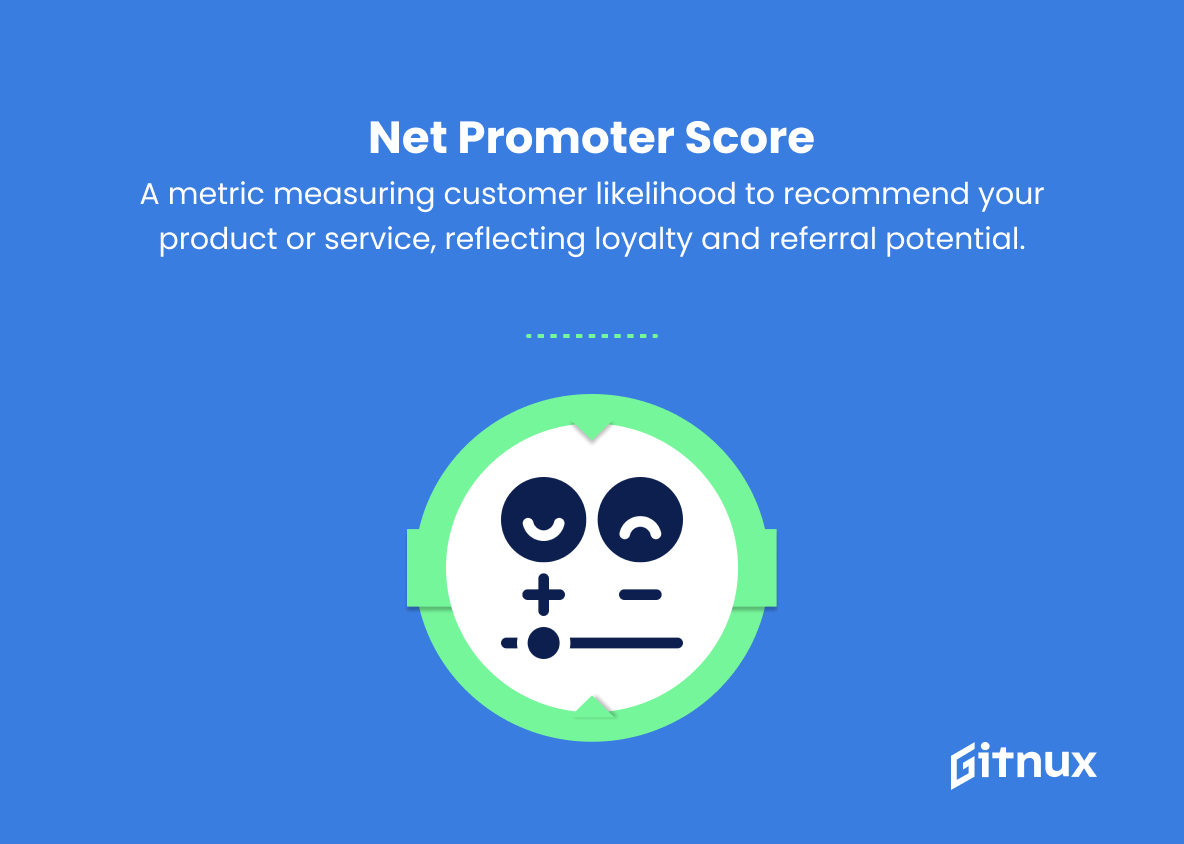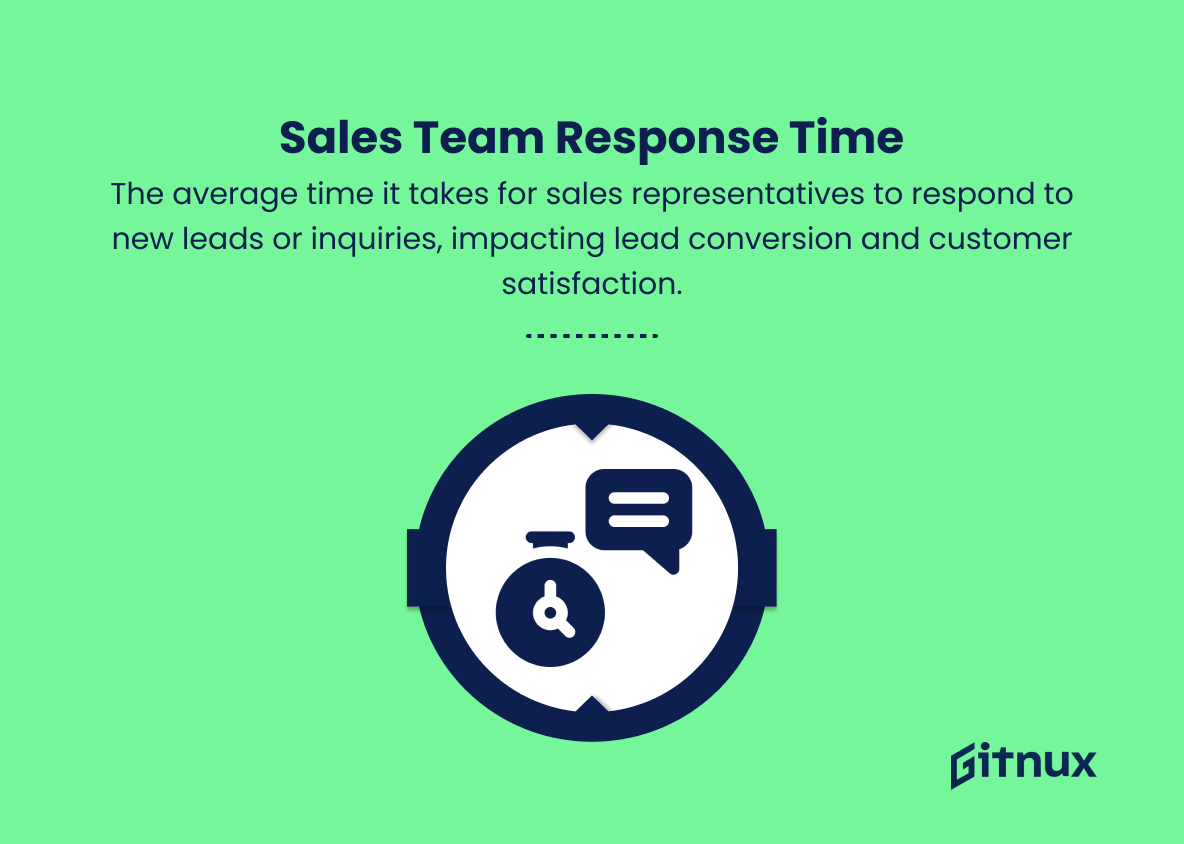In today’s increasingly competitive business landscape, data-driven decision making has become pivotal for the sustained growth and success of any organization. As marketing and sales strategies continue to evolve, it is essential to understand the key performance indicators (KPIs) that drive results and optimize your sales funnel.
This blog post delves into the critical Sales Funnel KPIs that you should be tracking to identify bottlenecks, streamline your conversion process, and ultimately, ensure a higher return on investment for your marketing and sales efforts. Join us as we uncover the hidden potential of these metrics and offer insights on how to strategically leverage them to strengthen your market presence and accelerate revenue growth.
Sales Funnel KPIs You Should Know
1. Number of Leads
The total count of potential customers who have shown interest in your product or service, usually by taking an action (e.g., filling out a contact form or subscribing to a newsletter).
2. Lead-to-MQL Conversion Rate
Measures the percentage of leads that are deemed marketing qualified leads (MQLs) based on their engagement with marketing materials (e.g., downloading whitepapers, attending webinars).
3. MQL-to-SQL Conversion Rate
The percentage of marketing qualified leads (MQLs) that progress to sales qualified leads (SQLs) based on their readiness to buy, as determined by the sales team’s assessment.
Sales Funnel KPIs matter as they serve as critical indicators of a business’s sales performance and growth potential.4. Opportunity-to-Close (Win) Rate
The percentage of sales opportunities that result in a won deal or closed sale, an important metric for understanding sales efficiency and effectiveness.
5. Average Deal Size
The average revenue generated per closed deal, used to assess the profitability of sales efforts and evaluate whether sales targets are achievable.
6. Sales Cycle Length
The average duration it takes for a prospect to move through the sales funnel from the first contact to a closed sale.
7. Lead Velocity Rate
The rate at which leads are generated and move through the sales funnel over a specific period of time, providing insights into the health of the sales pipeline.
8. Customer Acquisition Cost (CAC)
The total cost of acquiring a new customer, including marketing and sales expenses, divided by the number of new customers acquired.
9. Customer Lifetime Value (CLV)
The estimated total revenue a customer will generate for your business over their entire lifetime as a customer, used to assess the long-term profitability of customer relationships.
10. Churn Rate
The percentage of customers who end their relationship with your business during a given time period, an important indicator of customer satisfaction and the effectiveness of retention efforts.
11. Upsell and Cross-Sell Rates
Measures the success of sales efforts in convincing existing customers to purchase additional products or services (upselling) or complementary offerings (cross-selling).
12. Net Promoter Score (NPS)
A customer satisfaction metric that gauges how likely a customer is to recommend your product or service to others, indicating overall customer loyalty and potential for growth through referrals.
13. Revenue Growth Rate
The percentage increase in revenue generated over a specific time period, showcasing the success of sales efforts in driving top-line growth.
In today’s increasingly competitive business landscape, data-driven decision making has become pivotal for the sustained growth and success of any organization.14. Sales Team Response Time
The average time it takes for sales representatives to respond to new leads or inquiries, impacting lead conversion and customer satisfaction.
Sales Funnel KPIs Explained
Sales Funnel KPIs matter as they serve as critical indicators of a business’s sales performance and growth potential. The number of leads signifies the initial pool of potential customers, while the lead-to-MQL and MQL-to-SQL conversion rates reveal the effectiveness of marketing and sales efforts in engaging and qualifying these leads. The opportunity-to-close rate, average deal size, and sales cycle length provide insights into the efficiency and profitability of the sales team’s efforts. Meanwhile, lead velocity rate offers a snapshot of the overall health of the sales pipeline.
Customer acquisition cost, customer lifetime value, churn rate, and upsell and cross-sell rates help businesses understand the long-term value, satisfaction, and loyalty of their customers. Net Promoter Score, revenue growth rate, and sales team response time provide valuable information about customer loyalty, overall growth potential, and the impact on customer satisfaction. By monitoring these Sales Funnel KPIs, businesses can effectively invest resources and optimize strategies to maximize their sales potential and enjoy sustainable growth.
Conclusion
Sales Funnel KPIs are essential for any business to gauge the effectiveness and efficiency of their marketing strategies. By understanding and analyzing these key performance indicators, businesses can make data-driven decisions to optimize their sales funnel and drive continuous growth.
With the right blend of KPIs that cater to all stages of the sales journey – awareness, consideration, decision, and retention – companies can streamline their tactics, focus on the areas needing improvement, and ultimately, boost conversion rates for long-term success. Stay informed, stay ahead, and harness the power of sales funnel KPIs to conquer your market niche.
